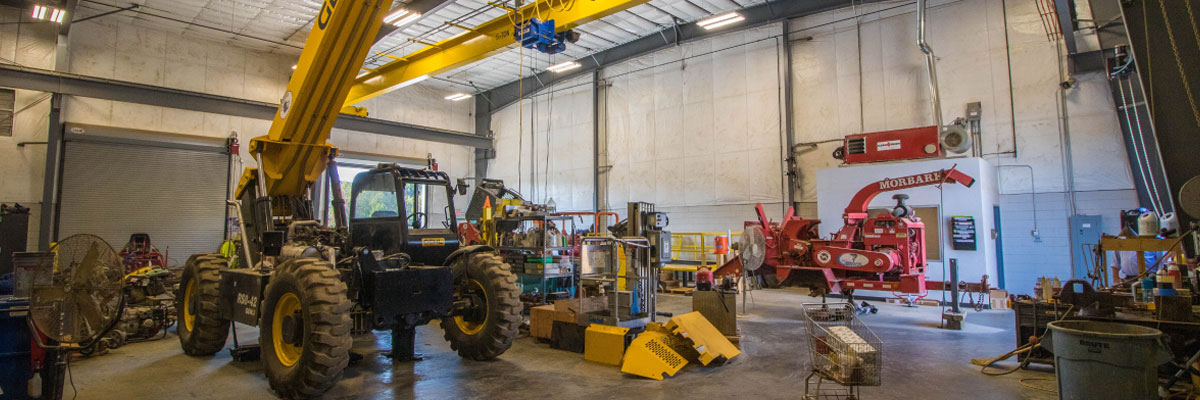Best Practices
Hydraulic Hoses
Choose the right hose
When choosing a hydraulic hose, you should pay close attention to the following characteristics:
- Working pressure – Choose a hose that is suitable for the working pressure of the machine.
- Wire or sheathing – Install wire or sheathing when fabricated if the hose will be used in an area exposed to damage from pinching or crushing.
- Fluid – Make sure you use a hose compatible with the fluids that are used in the machine.
- Size/inner diameter – Choosing the right size hose is important in order to avoid unwanted friction. When fluid rubs against the inner surface of the hose, friction is created, which creates heat, increases back pressure and reduces the rate of flow.
- Match the fluid viscosity to the operating temperature – In order to achieve maximum component life, the fluid's viscosity grade should be correctly matched to the operating temperature range of the hydraulic system.
Keep your hose operating correctly
Follow these maintenance tips to ensure optimal performance and reduce risks, labor costs, and downtime.
Pre-Use Inspection – To be completed before each use
- Check hydraulic hoses for signs of deterioration – Look for indications of wear, such as cracking, blisters and bubbles. Catching signals early helps avoid hose failures later on.
- Inspect seals used in fittings and adapters – Seals wear down, harden and age with regular use. Check for signs of wear and replace as needed.
- Time frame for replacement varies – There is no set time to replace hydraulic hoses. Rate of deterioration depends on a variety of factors including usage, pressure, and the type of hydraulic liquid.
- Semi-annual maintenance checks – At a minimum, hydraulic hoses should be thoroughly inspected by a certified technician every six months.
Storage and Safety Tips
- Keep fittings clean – Avoid getting sand, dirt or other substances on your fittings, and clean before each connection.
- Use caps and plugs when not in use – Use of caps or plugs on your hydraulic hoses keeps them clean and saves time later when you have to re-attach them.
- Store in the shade – Keep hoses stored out of direct sunlight. The sun accelerates deterioration and high pressures can result when the oil expands in the hose, making connection more difficult.
- Detach carefully – A pressure relief tool is the best implement to remove a pressure-locked hose. Do not hit hoses on the floor to release pressure.
- Always wear safety goggles when working with hydraulic hoses.
What if a hose fails?
Usually hoses fail due to misapplication, deterioration or improper maintenance. If the hose fails, be extremely careful.
- Shut down the machine immediately to avoid additional damage.
- Allow machine to release pressure – Pressure is not released immediately, and machines need time to release pressure to a level suitable for a proper inspection.
- Do not search for the leak using your hands – Hydraulic fluids can penetrate the skin and pose a significant risk to your health.
- Carefully replace the hose and test for proper operation.
Always consult your operator's manual.
©
Hawkins-Graves,
Inc. All Rights Reserved.
Created by Winsby
Inc.

